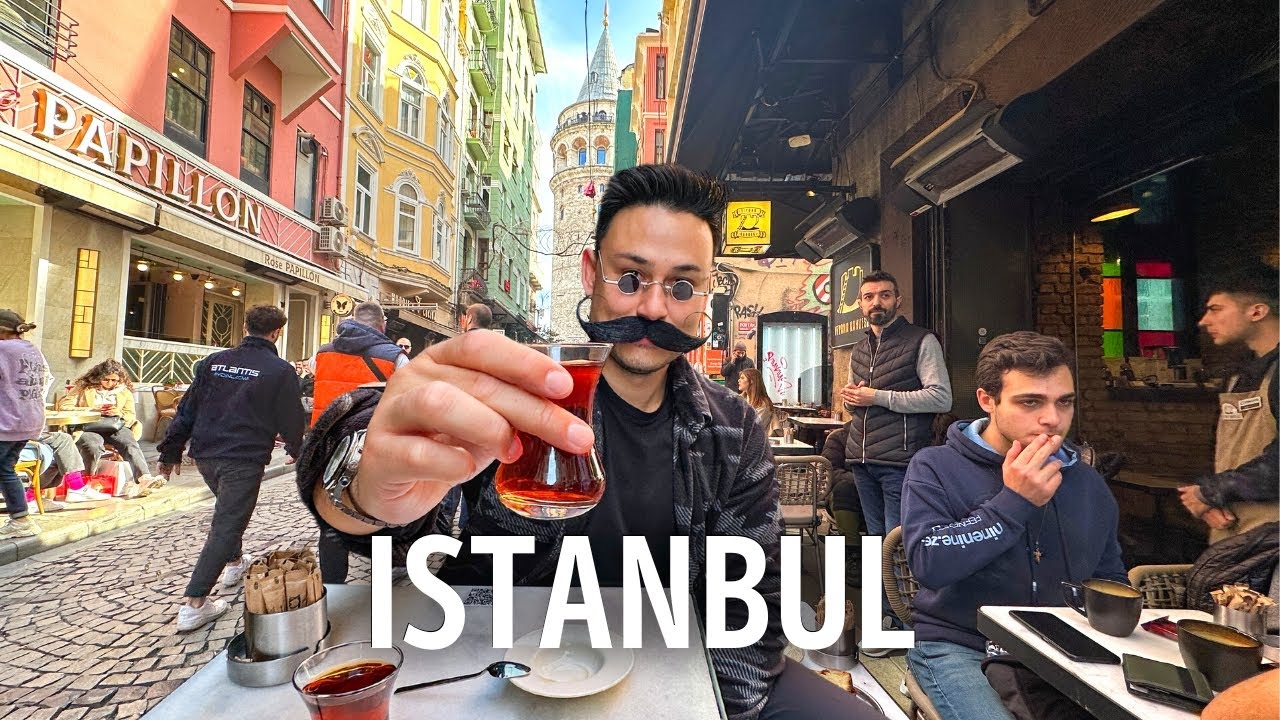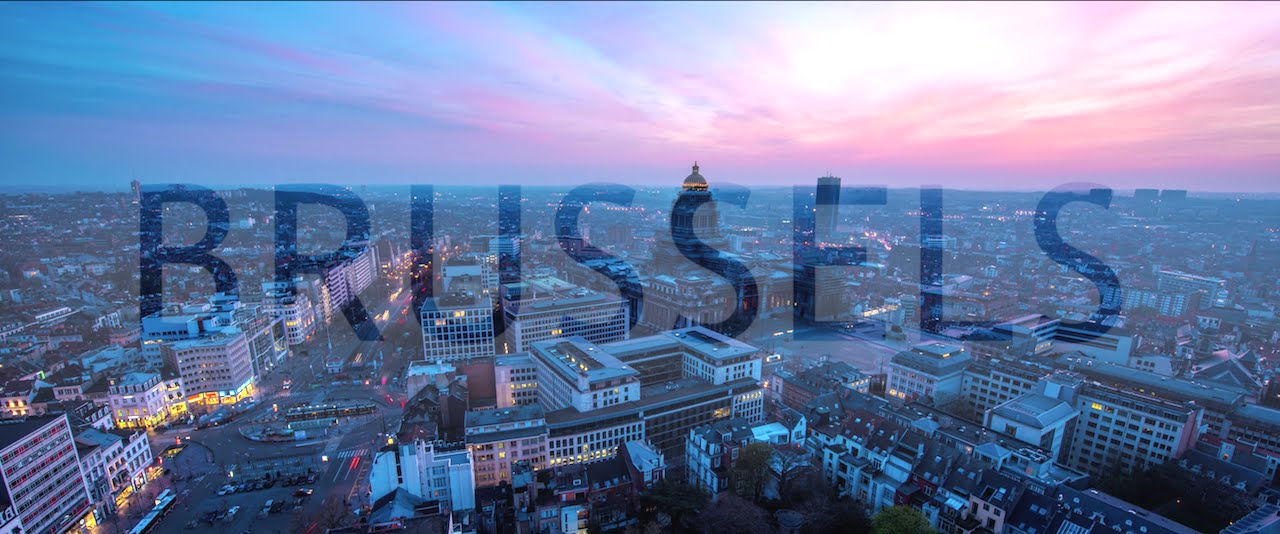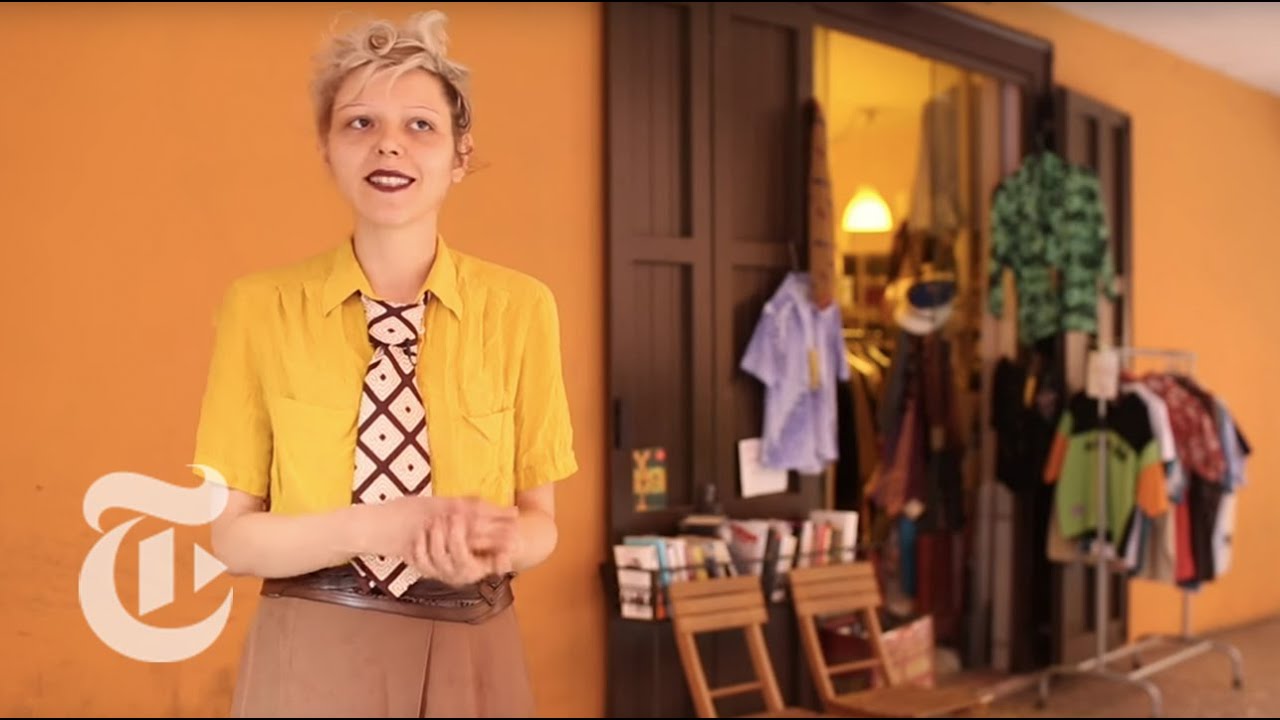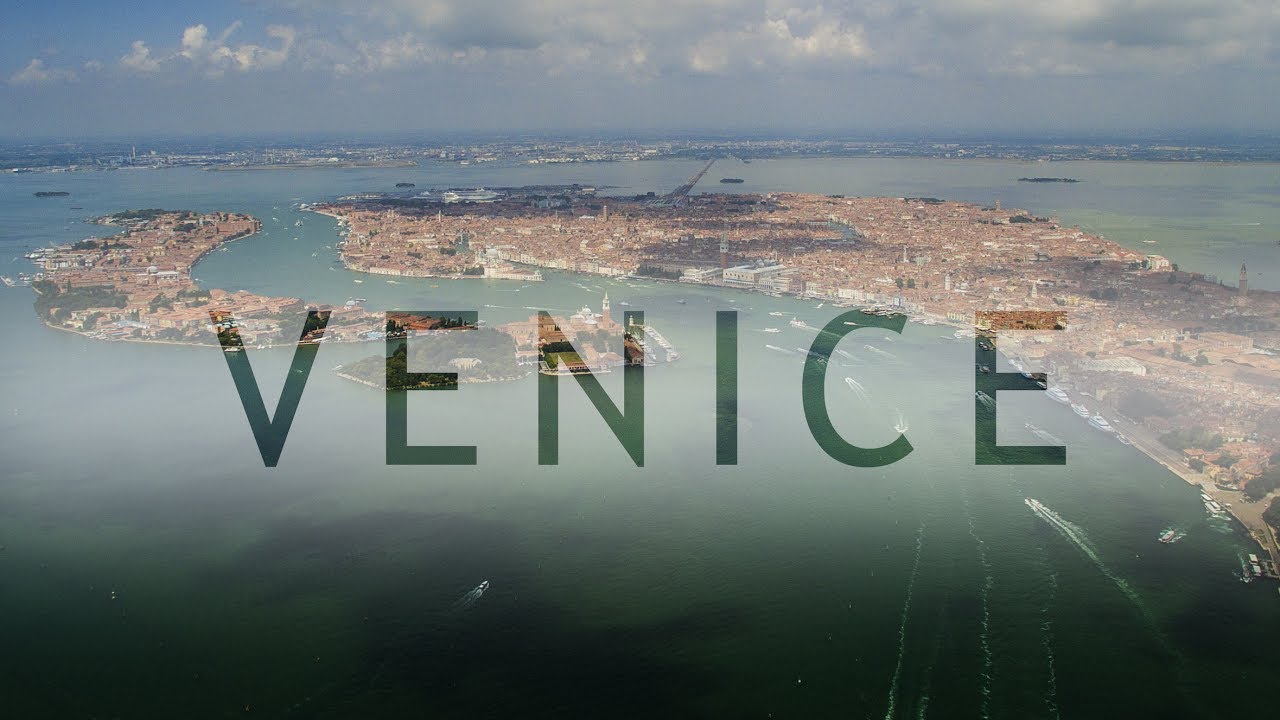Get my 14 Days in Japan Itinerary: https://shop.allansu.com/b/0Y5f9 Get a Pocket WIFI/Simcard: …
Japan, the land of the rising sun. From the mega city of Tokyo, to the mountainous region of the Japanese Alps. Japan is full of diverse and unique places waiting to be explored For many, Japan resides on the top of the list of places to visit, and I was no different.
Japan is one of my favorite countries to explore, and I had the pleasure to visit once more. I’ll be traveling through this amazing country, visiting 7 different cities, and trying to cram all the essentials into a two-week itinerary And I’ll be sharing it all,
With the goal to help you, explore this fascinating country. Here’s how I spent 14 days in Japan. Here’s an overview of the journey ahead. We arrive in Osaka, the kitchen of Japan. A city famous for its love of food and nightlife. We then head to the secluded temple town of Koyasan.
Where we’ll be staying overnight at a buddhist temple. Afterwards, we visit the city of Nara, famous for the Nara park, and its deer population. From Nara we head to Kyoto. The ancient capital of Japan, rich in culture and traditions. After Kyoto, we jump on the train and head up to Kanazawa,
Renown for its gold leaf production, and housing one of the three great gardens in Japan. We then continue to the mountainous region of Takayama. Where we explore the old town and relax at a Japanese onsen. And finally, our two-week journey ends with Tokyo.
While in the city, we spend the remaining time visiting the most essential spots. Before we begin, here’s a few things you’ll need to know We decided to visit Japan in November, during the autumn season, and it’s by far my favorite season to visit,
Due to the beautiful autumn foliage and mild weather conditions. Public transportation will be the main way to get around. For that, you’ll need to get your hands on an IC card. IC cards are rechargeable travel cards that can be used to pay for fares, and even buy goods in some stores.
They work in most major cities but for more remote areas, you’ll need to purchase a specific local ticket. A quick word on the Japan Rail pass. If you follow this itinerary strictly, you will not be needing the JR Pass A JR Pass is great if you’re planning to do a round-trip.
Since it will cover the return trip expenses. But since this is a point-to-point trip, meaning we’re starting in Osaka and finishing in Tokyo. It’s actually more affordable going with single-fare tickets For navigation, I’ve always been using Google Maps in Japan,
It works well, and even tells you the connections you’ll need to make For more detailed information and planning ahead, I recommend checking out the website HyperDia. We begin our journey in Osaka. Osaka is known for being the kitchen of Japan. With many of the nation’s favorite dishes, originating from the city.
It’s a modern and lively place. Where the focus is on having a good time. People just seem to speak louder here, eat louder, and drink more. Not that I’m complaining. We arrived quite late in Osaka and head towards our hotel. After dropping off our belongings.
We immediately head to the Dotonbori area in downtown Osaka. The area is known for the Glico-Man sign, and being a busy tourist spot with neon lights, shops, and plenty of food options. We explore the area and pick up a few treats along the way.
But it was time for a meal, and we head to the ever popular Ichiran ramen, for it’s tonkotsu ramen. It was Lisa’s first time here, and she definitely approves. The next day, we spent the morning at the Namba Yasaka shrine.
It’s a small shrine famous for its lion head stage If you plan to visit a lot of shrines and temples in Japan, then it’s always a good idea to know how to pay your respects Here’s a quick how-to. First, ring the bell if there is one. Bow twice. Clap twice.
And bow once. After finishing up at the shrine. We arrive at the Osaka Castle The castle is one of Japan’s most famous landmarks. And it played a major role in the unification of Japan during the 16th century. For over 40 years, Amerika-mura has been known for being,
The center of Japanese youth culture in Osaka. Similar to Harajuku of Tokyo. It’s here you can find the latest trendsetting fashion in Osaka We opted to a little bit of shopping, to see if we could find something interesting. To get a better view of the city,
We decided to visit the Umeda Sky building. While here you can access its famous observation deck, which provides a great view over the entire city of Osaka. As dinner time arrives, we head arguably to my favorite Okonomiyaki shop in the city, Okaru. Okonomiyaki, are these savoury Japanese pancakes made of flour,
Eggs, cabbage, and the protein of your choice. Don Quijote is a well known discount chain in Japan. But what’s unique about this one in Osaka, is its Ferris wheel, which you can actually take a ride on. It’s rather a gimmicky experience, but it does provide a view over Dotonbori.
If you find yourselves with more time in Osaka, then here’s a few more things to do. An old neon-lit neighborhood south of Minami. Koyasan is the name of a secluded and small temple town, nestled away in the mountains of Wakayama. It’s more commonly known as the center of Japan’s Shingon Buddhism,
And home to over 100 temples in which 50 of them allow for overnight stays. We decided to purchase the Koyasan World Heritage ticket, which covers the entire trip to Koyasan. It takes almost 2 hours to reach Koyasan from Osaka. The cable car ride from Gokurakubashi station to Koyasan,
Is clearly the highlight of the 2-hour trip. After reaching the temple town, we check in at our temple lodging named Saizen-in. The rooms are traditional Japanese rooms, with tatami floors, sliding doors, and shared bathroom facilities. So this is our temple stay for the day and night,
A lot more luxurious than I imagined. The first place to visit was the Danjo Garan temple complex. It’s one of the first complexes build by Kobo Daishi, and houses around 20 temples and buildings including Konpo Daito, the great pagoda. Not far from the complex, you’ll find the great Daimon Gate.
This was the original entrance to Koyasan, but also now serves as the end destination for the old Choishi Michi pilgrimage trail. From Daimon Gate, we head to Kongobu-ji, the head temple of Shingon Buddhism in Koyasan. We explore its many halls and corridors, as well as Banryutei, Japan’s largest rock garden,
Which supposedly should resemble, a pair of dragons emerging from a sea of clouds. We grab a quick snack from the local convenience store, and then decide to head to the main attraction of Koyasan, Okunoin Cemetery. This misty and mossy cemetery is Japans largest,
Stretching over 2 km and is home to over 200,000 graves. It’s serene and peaceful place, and I highly recommend taking an hour or so to simply explore. Okunoin is also home to the Kobo Daishi Mausoleum, this is where Kobo Daishi is said to be in an eternal meditation.
There are no photos or video allowed after the bridge, so you’ll just have to visit yourself to see. As the evening hours arrive, we head back to our temple lodging, where we’re greeted with a traditional Buddhist meal. The meal itself is strictly vegetarian, and resembles of that of the traditional Kaiseki-style dinner
If you decide to stay at a temple, then don’t forget to attend the morning ritual to complete the experience. Next, we head to Nara, a city nestled between Osaka and Kyoto. The city is most known for its park with the very same name,
And the many deer that roam the surrounding area. If you’re interested in feeding one or two, crackers can be purchased from local vendors around the park, the deer will politely thank you for it. The first place to visit in Nara is the great temple of Todai-ji.
It houses the Buddha statue Nara Daibatsu, which is the largest bronze statue in the world. While exploring the temple, we also come across this square hole in a pillar, known as Buddha’s Nostril. It’s said to bring good health and luck if you manage to crawl through it.
As we explore the park further, we come across Kasuga-Taisha. A Shinto shrine known for it’s 100s of bronze lanterns. Many of which have been donated by worshippers throughout the years. The lanterns are only lit twice a year during two lantern festivals, One in February, and one in August.
We decided to get a little bit of exercise and climb Mount Wakakusa, a 342 meters tall hill located in the park. Just climbing, the little hill or mountain, here’s in Nara. Lisa’s right behind me. It’s quite a little climb. But… Nothing too tough and… Well worth… the little climb,
To get an excellent view, over the city and the Nara park. After walking around so much we needed a quick bite, and you can’t come to Nara without witnessing, the famous mochi-pounding show from this small mochi shop. The mochi was also excellent. For more things to do in Nara, try the following.
Kyoto, the ancient capital of Japan, home to a number of important temples, shrines, palaces, and gardens. The city is, therefore, a major tourist destination, second only to Tokyo. We board an early morning train to Arashiyama, an area known for its natural scenery.
The first place to visit here is the Arashiyama Bamboo Grove Right next to the bamboo grove, you’ll find Tenryu-ji, one of the most important temples in Kyoto, as well as having one of the finest gardens in the entire city. From Tenryu-ji. We walk along the Katsura river,
The main river that runs through Arashiyama. From there we take a short walk up to the lovely Senko-ji temple This is arguably a bit of a hidden gem in Arashiyama. The temple provides a great view as well as the chance to meet the local temple dog. One cannot visit Arashiyama,
Without coming across the Iwatayama Monkey Park, Home to over 100 Japanese snow monkeys. As we finish up with Arashiyama, we also make a quick stop at Kinkaku-Ji. Currently, a temple, it was formerly used as a retirement villa for a shogun. For dinner, we craved a bowl of ramen,
And one of the best places in Kyoto, is Ramen Sen no Kaze. It’s quite a well-known ramen shop so do expect a que during dining hours. We start the next day exploring the Nishiki Market. A well-known food market in Kyoto. There are over 100s stalls and shops in Nishiki.
Selling local dishes, seafood, and produce. Gion, is the traditional entertainment district of Kyoto, and one of the major tourist areas. The best way to explore Gion is to simply walk the many historic streets such as In addition, Hanami-koji is a street famous for its tea houses,
And the place to catch a glimpse of a working geisha The next morning we head to another popular destination, the Fushimi Inari shrine. It’s a shrine dedicated to Inari, the Shinto god of rice, and its famous for its 1000s of torii gates. As you can see it gets extremely crowded,
But the further you walk up, the lesser the crowds become. We heard that temples are usually great places to watch the autumn foliage. First up, is Nanzen-ji, famous for the large aqueduct, and the surrounding temple area. Next door. We find Eikan-do temple. A famous autumn foliage spot, thanks to its pristine garden.
The last place we visited while in Kyoto, is the small alley of Pontocho. Famous for its atmospheric dining area, filled with restaurants and bars, we decided to grab our last meal here, and tried some very expensive beef. And yes. It was definitely worth the price.
Got more time in Kyoto? Well, here’s a few extras. We have to board the JR Thunderbird Limited Express. It would take around 2 hours to reach Kanazawa. This was the perfect opportunity to try out the many bento box train meals, which was sold at the various stations across Japan.
Kanazawa is often called “Little Kyoto”, and one can see why since the city has maintained many well-kept historic districts. The city is also renown for its gold leaf production, being responsible for over 99% of Japan’s output. Throw in some great art museums and one of the best gardens in the country,
And Kanazawa is quite the hidden gem. Although most of the main sights are centrally located, meaning, walking is doable. Buses are still the main way to get around. You can use an IC card on the JR Machi bus line.
But other lines require a local one-day pass or paying for the fare. We decided to visit the Omicho market since it was close to our hotel. The market has a 300 year history dating back to the Edo period. Now it’s a popular food market with over 170 stalls,
Earning its title “The Kitchen of Kanazawa”. We opted for a quick lunch at the very popular Mori Mori Sushi A well-known conveyor belt sushi restaurant residing in the market. Ordering like many other places in Japan, is done through a tablet,
Or you can simply grab a dish from the conveyor belt itself. Kanazawa has plenty of museums. But one that caught my attention in particular, was the D.T. Suzuki museum. The museum was opened to celebrate the life and work of Suzuki “Daisetz” Teitaro. A prominent Zen Buddhist.
A more popular museum and one of the big attractions in Kanazawa, is the 21st Century Museum of Contemporary Art. It’s a much larger museum compared to the D.T. Suzuki, and you can easily get lost for hours exploring the many halls and exhibits. For dinner,
We decided to visit a small cozy sushi shop called Sushi Ippei. The restaurant was run by an elderly couple, And the elderly woman was especially friendly and attentive, explaining any noteworthy sushi pieces. – This shell fish only in Kanazawa. – Only in Kanazawa. – Local, local shellfish. – Oh okay.
– Not in another place. – Ah okay. – Only here. – Only here. – No soy sauce. – Just eat. Okay. Our goal for the following day, was to visit the last essential places on our Kanazawa to-do list. We start off visiting the Oyama Shrine. During our visit,
We were lucky enough to witness a wedding ceremony being held at the shrine. From the shrine, we toke a short walk up to the Kanazawa Castle. A partially restored castle, it was the seat of the powerful Maeda clan. After walking through the castle grounds, we reach the Kenrouku-en garden.
The garden is particularly known for these protective ropes, which are tied in a cone shape around the trees, to provide support when the season shifts to winter. It’s one of the most beautiful gardens in Japan, and arguably also one of the best places, to see the change of seasons.
Also in the garden, you can find this small Japanese tea house. Where you can experience a traditional Japanese tea ceremony, if you’re interested. Right outside the garden, you can also find Hakuichi, who sells the gold leaf-covered soft serve. Being in Kanazawa I had no option but to try it
Higashi Chaya is one of three historic tea house districts in Kanazawa, here geishas used to entertain the wealthy of the city, with traditional dancing, music, and drinking games. While many of the buildings have been converted to restaurants and shops, it’s still a place to visit when in Kanazawa.
While researching Kanazawa, I heard about this place, which served a black miso ramen, and being a ramen lover myself, I just knew I had to give it a try. It’s a small ramen shop, specialized in miso ramen. You can get the miso in three different flavors and colors.
I opted for black miso, which uses squid ink. As we walk back to our hotel, the last place we stopped by was at the Tsuzumi Gate, the iconic red gate and unofficial symbol of Kanazawa. Here, you can often find live street performances, as we experienced during our trip.
Takayama is a small city, located in the mountainous Hida region of Gifu. The small city is especially known for its carpentry, as well as its famous Hida beef and sake. Due to its location. It’s also a place near many onsen hot spots, which was the main reason for our visit
We started the day exploring the old town, where there was a daily morning market We also visted the Takayama Jinya, an old government building and former headquarters of the Hida province. We then ended up at Sanmachi-suji, a quaint historic neighborhood filled with traditional merchant houses, and sake breweries.
It’s the place for trying the city’s famous sake, if you’re interested. Takayama is often a popular stop on the way on the way to the famous Shirakawa-go If you, however, don’t have the time to visit, like us. You can instead visit the Hida folk village, which is an open-air museum
That display various similar mountain village houses found in Shirakawa-go. It was now time for us to our ryokan. We toke a bus to Okuhida onsen and arrive at our ryokan for the night. The ryokan comes with traditional Japanese rooms with the option of having your own private onsen,
As well as access to rooftop onsen. Before we toke a dip, we head down for dinner which was a Japanese Kaiseki, a multi-course meal. Heading back up to our room after dinner, we were pleasantly surprised with the room being prepared for a good night’s sleep.
I know this is a customary thing in a ryokan. But still I thought it was nice. But instead of calling it a night, we head up to the rooftop onsen. There are two separate onsens to try, and we had it, pretty much, all to ourselves.
Despite the slight rain and clouds covering the night sky, it was still a decent experience. Next morning, we decided to wake up early and enjoy our last moments with our onsen. The morning light did a great job in revealing the beautiful landscape that we missed during last night.
We then headed down for a quick breakfast, before checking out. Before we embark on our long trip to Tokyo, we decided to visit the Shinhotaka Ropeway. It’s one of the most popular sightseeing spots in all of Gifu. The ropeway ascends nearly 1000 meters to a mountaintop observatory
Offering panoramic view of Japan’s Northern Alps. A place I’m looking forward to revisit on another date. We board the Shinkansen bullet train and head to our final destination of this trip, Tokyo. Skyscrapers, bright lights, busy, and efficient. There isn’t much to say about Tokyo, which hasn’t already been said.
It’s a modern super city, packed with sights and activities that would keep any traveler busy for weeks. During our time in Tokyo, we stayed at the Tokyo Zen Capsule hotel. While I’ve stayed at capsule hotels before, this place was a bit more unique.
Inspired by traditional Japanese rooms, each capsule was afforded a lot more space than your regular capsule, which made the stay more comfortable. The hotel came with the expected amenities, so overall it was an enjoyable stay. On our first day in Tokyo, we decided to visit the Meiji Shrine.
The entrance is marked by a large torii gate and leads into a forest area where the shrine resides. The shrine is dedicated to the deified spirits of Emperor Meiji and his wife. It’s one of the most popular shrines in Japan and welcomes over 3 million visitors a year.
Not far from the shrine. You’ll find Harajuku. The center of Harajuku is Takeshita street, with its many side streets lined up by trendy shops, fashion boutiques, and fast food stores, all geared towards the trendy youths of Tokyo. Within Harajuku, we decide to visit a small cafe,
Where the main attraction is spending some time with micro pigs. It’s my first time being in such as cafe, but animal centric cafes are very common in Tokyo. Just don’t expect too much from the beverage list, which to be honest, isn’t really the point of visiting cafes such as this.
From Mipig Cafe, we head down to the famous Shibuya crossing, a popular scramble crossing in Shibuya, and at peak hours 1000s of pedestrians scramble across, what many believe to be the worlds busiest crosswalk. To get a better view of the crossing, we head up to the Mag’s Park building,
Where you can get access to an excellent rooftop view of the crossing below. As hunger strikes, we dive into the popular sushi chain Uobei Sushi. Known for its budget friendly prices, and conveyor style system. The following day, we decide to spend the entire day exploring Akihabara, Tokyo’s famous electric town.
It’s a buzzing commercial area, mostly famous for being the center of geek culture in Japan. Anime, manga, videogames, and Maid cafes, are in full display here. Whether you’re into this or not, it’s still an area worth exploring. First, try out the many arcades in Akihabara, bust out your favorite dance moves
Or maybe win a prize if you’re lucky. There’s also a lot of shopping that can be done here, so who knows, you might find the perfect sourvenir. On our last day in Tokyo. We decided to visit Teamlab Borderless, a digital art museum with several unique exhibits on display.
Here are some highlights. Borderless world, for its waterfall inspired artwork. There’s also the crystal world which features thousands upon thousands of colorful LED lights. The Forest of Lamps is probably the most popular display here in the borderless museum, so do expect long queues.
I also want to give a quick mention to the En Tea House, which displays a digital artwork on your tea. After Teamlab, we head to one of many popular and atmospheric alleyways of Tokyo Omoide Yokocho, also known as “Memory Lane” It’s a narrow and atmospheric alleyway, filled by small eateries, paper lanterns,
Fake maple leaves, and the grilling smell of yakitori. My advice is to explore the many izakayas and try anything that might interest you. If you have more time or just looking for different things to do, here’s a short list. The iconic Tokyo tower. A symbol of Japan’s post-war rebirth.
The ancient Senso-ji temple, the oldest temple in Tokyo. Kabukicho, the famous entertainment district found in Shinjuku Now this video wouldn’t be complete without a full budget breakdown. The total cost for two people during this two week trip was around $3100. So that was my two week trip to Japan.
I don’t think I’ll ever get tired of visiting this country, and I hope things get better around the world soon, so we can all travel again. But more importantly, I hope this video was helpful or at least gave some inspiration, if you’re planning a trip to Japan yourself.
But if you have any questions or feedback then do leave them in the comments below and I’ll try to get back to you. But until then, stay safe out there, and here’s hoping for a better year ahead.









